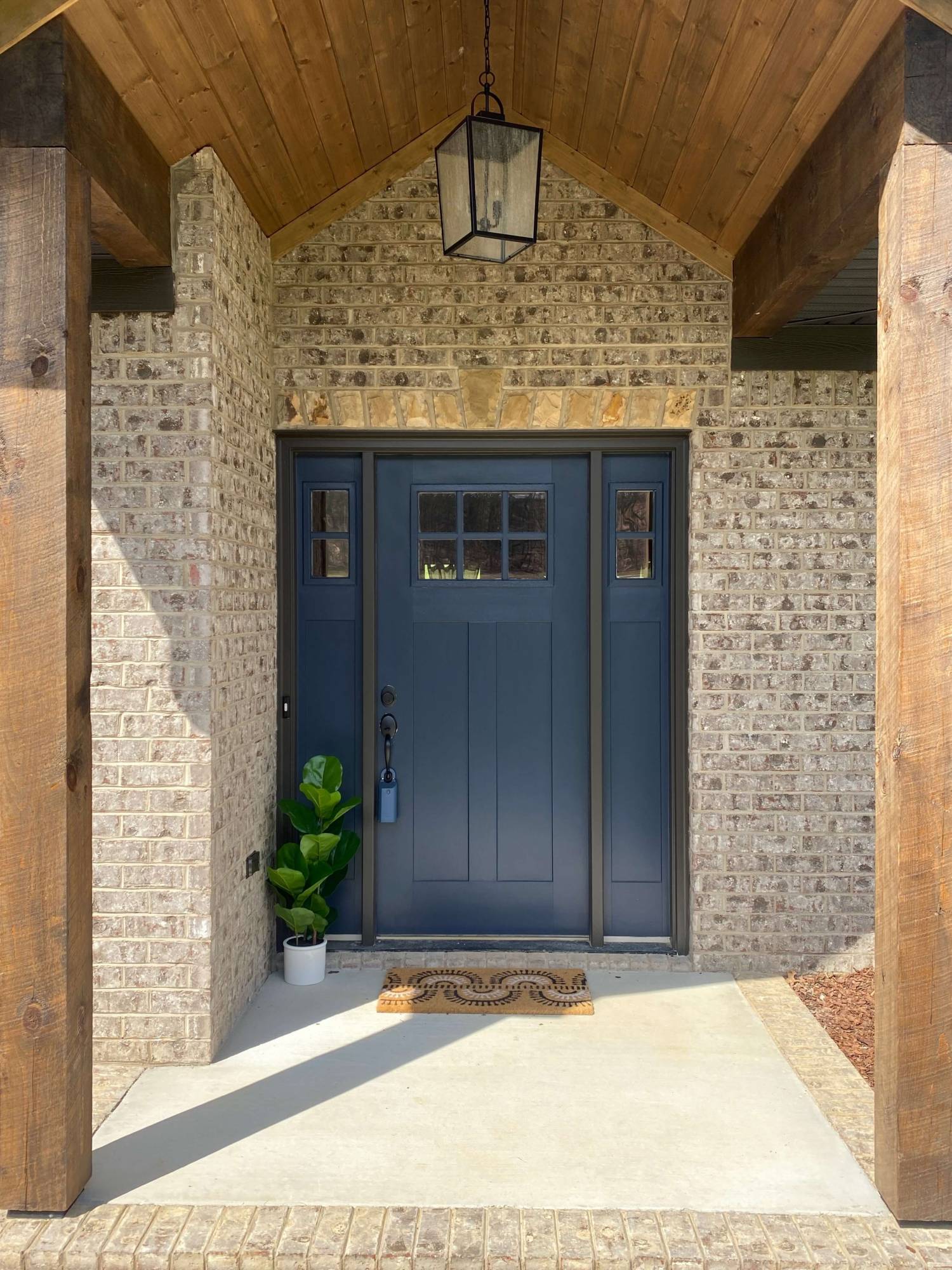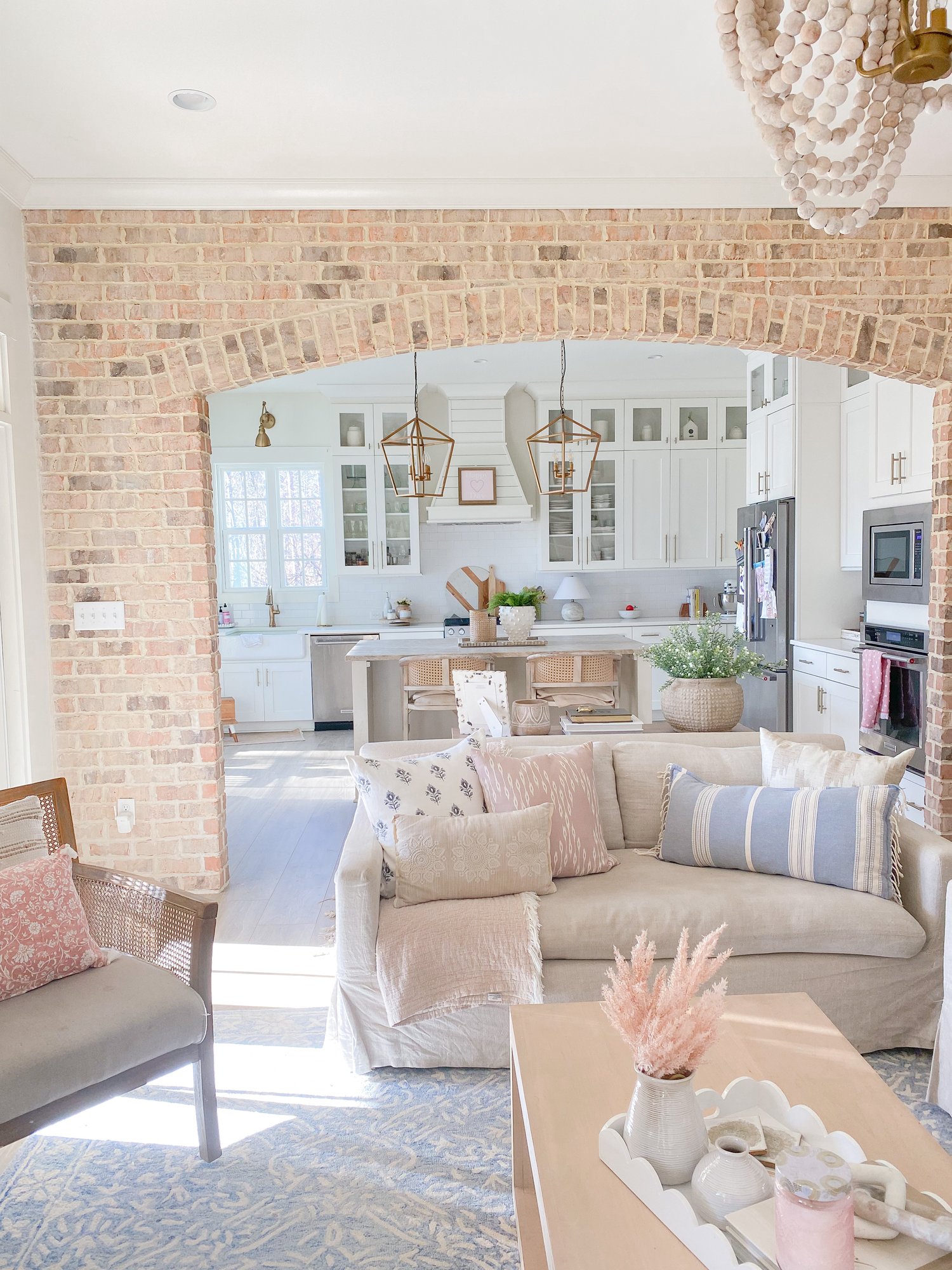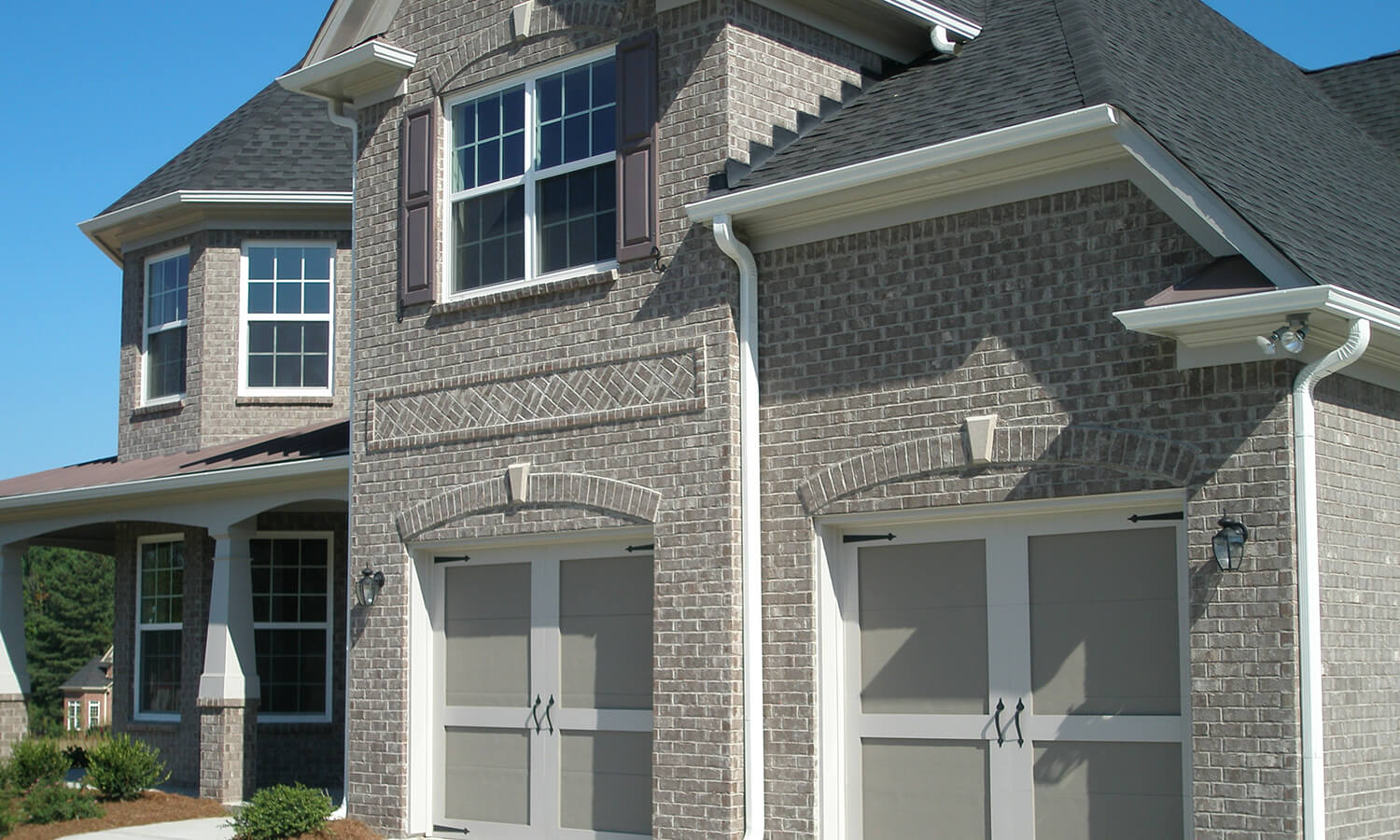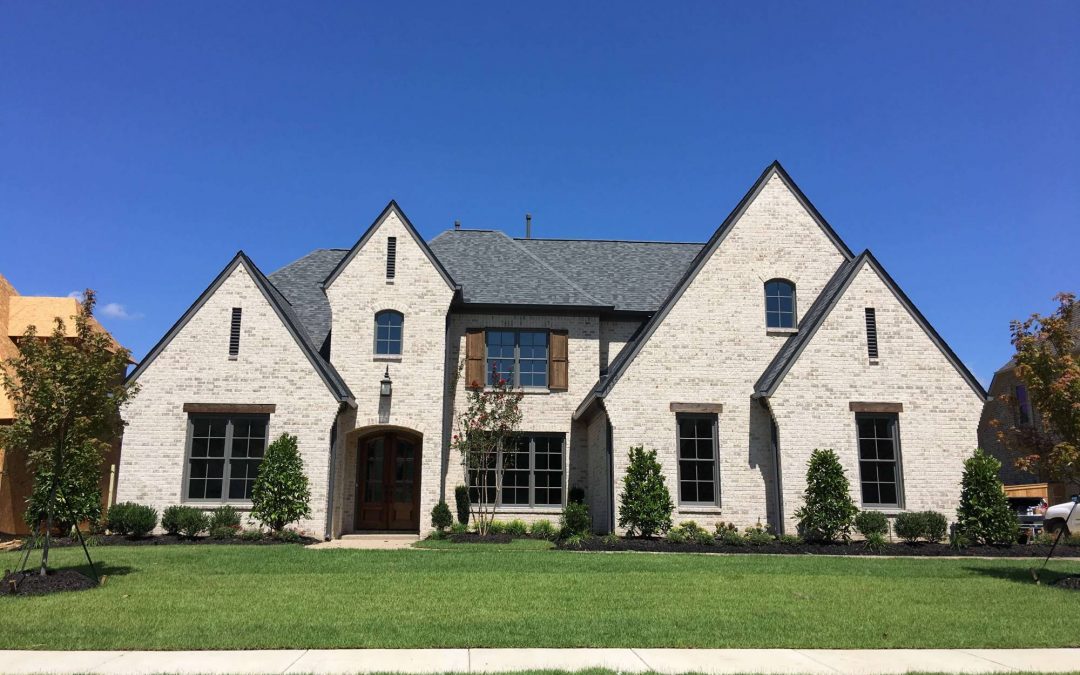The road to building your new home is a thrilling adventure, packed with countless choices that will define your life for years to come. From finding the perfect lot to finalizing the floor plan, every decision shapes the character and comfort of your future home. But among the most fundamental choices you’ll face is selecting your building materials. While you’re busy choosing paint colors and kitchen cabinets, it’s vital not to overlook the exterior and structural materials that provide both style and protection.
Comparing Materials for New Construction: Why Choose Brick?
When it comes to building materials, you have several great options to consider, including popular choices like natural stone, fiber cement siding, wood, stucco, and, of course, brick. Each of these comes with its own trade-offs regarding upfront cost, required maintenance, and overall look. However, brick has stood the test of time, offering a unique blend of exceptional durability, low maintenance, and timeless aesthetic appeal. Understanding the differences between these materials is the crucial first step toward making a confident choice that protects your home’s value for decades.
Five Key Considerations for Choosing Brick
Choosing the right brick means balancing your home’s long-term performance with your specific design vision. Here’s a breakdown of the five key considerations when selecting brick for your new home build:
Design & Aesthetics of Brick
The aesthetic choice of your brick is where the fun really begins! This material is the cornerstone of your home’s curb appeal, setting the tone for everything from a charming, traditional farmhouse look to a sleek, modern architectural statement. As you browse the countless options, you’ll encounter a few key design questions.
- What brick colors should I choose? The options are massive, ranging from classic reds and earthy browns to trendy neutrals like white, gray, and black. A good rule of thumb is that neutral tones offer great long-term versatility, but the perfect color is the one that makes you smile when you pull into your driveway. Next, consider your complementary materials.
- Should my brick and siding perfectly match? Absolutely not! Modern design loves contrast. Whether you’re combining brick with natural stone or fiber cement siding, the goal is to create visual interest. Finally, don’t overlook the humble mortar.
- How will mortar color affect the overall look? Mortar surprisingly makes up about 25% of the facade. A contrasting white or light gray mortar can make darker bricks pop, while a matching mortar color gives the whole wall a softer, more monolithic feel. By playing with these elements—color, texture, and joint style—you craft a truly unique and lasting aesthetic for your new home.

Brick Types & Quality
Once you’ve achieved the perfect look, it’s time to delve into the technical aspects: the types and quality of the brick itself. The most common and reliable material for home building is fired clay brick (sometimes called burned clay). This material is the gold standard because it’s naturally tough, resisting fire, pests, and weather for centuries, offering unmatched long-term reliability.
This leads us directly to the concept of brick quality class, which is a measure you really shouldn’t overlook. This class evaluates the brick’s resistance to weathering, focusing on its compressive strength and water absorption rate. For your new build, you’ll want to invest in a high-quality (often Class 1) brick. While this may represent a slightly higher initial cost, it guarantees maximum durability and significantly minimizes maintenance hassles down the road. Colors and standard sizes are aesthetic choices, but if you’re exploring specialized finishes or unique density options, always verify that core quality rating first!
Practical Performance of Brick
Beyond its great looks, the practical performance of your brick choice delivers real, long-term savings and comfort. Brick is exceptional when it comes to durability. It’s virtually maintenance-free and fire-resistant, easily outlasting other siding materials.
When choosing, look for bricks with low absorption rates to ensure they can handle your local climate’s freeze/thaw cycles without issue. Performance also depends on the mortar, so your builder must select a type (like Type N or S) that’s chemically compatible with your specific brick, ensuring structural integrity and proper movement. Best of all, brick homes are highly energy efficient! The material’s high thermal mass naturally regulates your interior temperature, keeping your home cooler in the summer and warmer in the winter, which is a significant bonus for your monthly energy bills.

Sustainability and Cost of Brick
When planning your new home, the decision always comes down to balancing your budget with long-term value and environmental impact. Brick is one of the most sustainable materials available, making it an eco-friendly choice. With a lifespan exceeding 100 years, brick rarely needs replacement and can be recycled indefinitely, resulting in virtually zero waste. Its inherent thermal mass also naturally reduces your energy consumption, making it a green choice that supports a healthy home.
When it comes to cost, brick typically represents a higher upfront investment than standard siding or stucco; however, it’s essential to consider the lifetime cost. Because brick is virtually maintenance-free, you completely avoid the recurring cost of painting, staining, and other treatments, saving both time and money over decades. Most building construction experts agree that the superior durability, minimal maintenance, and energy savings associated with using brick offer a fantastic return on investment, justifying the initial investment by securing your home’s long-term financial health.
Longevity and Resale Value of Brick Homes
The decision to use brick is the ultimate long-term financial move for your new home. When you choose brick, you’re investing in a material proven to last for centuries, effectively future-proofing your house against expensive exterior headaches. This incredible longevity directly leads to a significant benefit: low-to-no long-term maintenance. Future buyers know they won’t have the recurring cost and hassle of painting or replacing siding, making your property significantly more attractive on the market. In fact, homes finished with quality brick consistently appreciate in value over time than those built with other materials. This superior durability and curb appeal create a perception of stability and quality that can boost not only your home’s value but also that of the whole neighborhood. Ultimately, selecting brick secures your home’s financial and aesthetic legacy for decades to come.
Investing in your New Home Build with Brick
Selecting the right brick truly means balancing several key factors: the immediate design and aesthetics you love, the long-term guarantees of brick types and quality, the practical performance of brick, and making informed financial choices about sustainability and cost. By keeping these five considerations in mind, you can ensure that your new build not only looks amazing today but also boosts its longevity and resale value for decades. Ready to see and feel the difference quality brick can make in person? Meet with our brick experts and explore the full range of options at our North Georgia Brick showrooms located in Cumming, Lovejoy, Newnan, and Cartersville. Visit our Contact Us page for store hours and directions.

Quick FAQ Table
| Which brick color offers the most versatility? | Neutral tones (beige, white, gray) offer maximum long-term versatility. | |
| Should brick and siding match? | No, contrast is typically preferred for visual interest and modern design. | |
| What is the most reliable type of residential brick? | Mortar can account for up to 25% of the surface and can either unify or accentuate the appearance of bricks. | |
| How does mortar color influence appearance? | Fired clay brick is the industry standard for durability and longevity. | |
| Which brick quality class should I choose? | High-quality (often Class 1) brick minimizes maintenance and maximizes durability. | |
| Does brick resist pests? | Yes, brick is naturally fire-resistant and resists pests and rot. | |
| Do brick homes save energy? | Yes, brick’s high thermal mass helps regulate temperature for energy savings. | |
| Is brick an eco-friendly building material? | Yes, brick has a 100+ year lifespan and can be recycled indefinitely. | |
| Is brick worth the extra upfront cost? | Yes, it’s low maintenance and high resale value offer a superior lifetime return on investment. | |
| Does brick increase a home’s value? |
|

